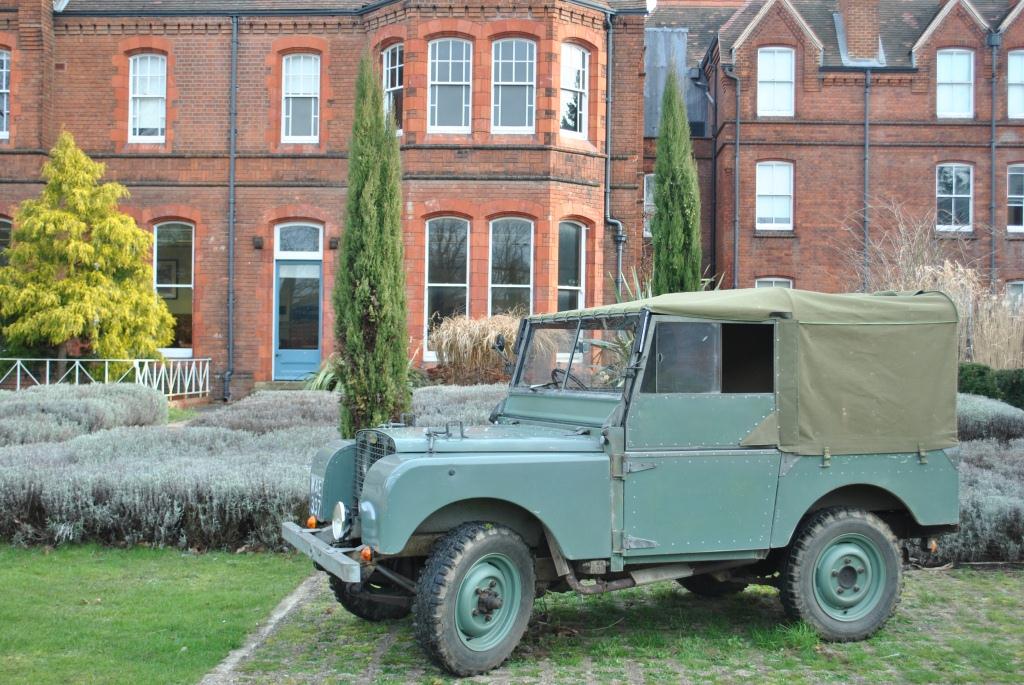Rob Davies, Volunteer Coordinator, writes up the session he led on ‘overcoming fears of working with volunteers’at the Museums Association conference…
I was one of a small group of colleagues from MERL who attended the MA conference earlier this month. I was there to lead a session entitled ‘Overcoming your fears of working with volunteers.’ The session was devised to extract concerns about working with volunteers, explore them and discuss how to combat those worries.
We began with some group work when each group was given a few children’s comics to create and visualise their fears of working with volunteers. This encouraged conversation and discussion between colleagues, as well as giving me a foundation to bottom out people’s worries and concerns.
One of the fears that arose was: “How do you address volunteers who do not dress appropriately for their role?” My answer to this was to use role descriptions and state in those that there is a dress code required to fulfil the role, also use training and induction to install a dress code. If a volunteer persists to dress unsuitably then you are within your rights to ask them to alter their dress code for the role.
From this point another discussion arose and that was the use of volunteer agreements. There is some debate in the voluntary sector over the use of these. A volunteer agreement is a signed document between the volunteer and a member of staff, stating that they are aware of what is expected of both of them. At the University Museums and Special Collections (UMASCS) at Reading we do not use volunteer agreements as I prefer not to enter anything that may be considered contractual; however there is lots of advice on how to write a volunteer agreement without using language that may possibly implicate a legal contract. We do, however, have one agreement form used by archive volunteers who may be volunteering with confidential data. This form states that they are aware of the nature of the material they are handling and that they are not at liberty to talk about it. The conclusion of this discussion was that the use of volunteer agreements are at times necessary for the role required.
Another fear that arose was: “Volunteer supervisors and managers are concerned about the length of time a volunteer stays within an organisation and sometimes it is hard to let go.” My response to this issue was to suggest creating volunteer projects set within time restraints therefore managing expectations. I also suggested the use of role descriptions to manage time limits and volunteer responsibilities.
After my interactive element of the session, I invited Amanda Lightstone, Opening Doors Project Coordinator from the University of Cambridge Museums, and Gemma Waters, Museum Development Officer from Cumberland House Portsmouth, to talk about their experiences of working with volunteers. They provided anecdotal presentations about their work and explored good practice regarding recruiting and retaining volunteers.
I like to think the session left everyone feeling enthused and invigorated about working with volunteers!
If anyone has any concerns or worries about working with volunteers in Museums, I’d be happy to answer your queries below or you can contact me at r.j.davies[at]reading.ac.uk



